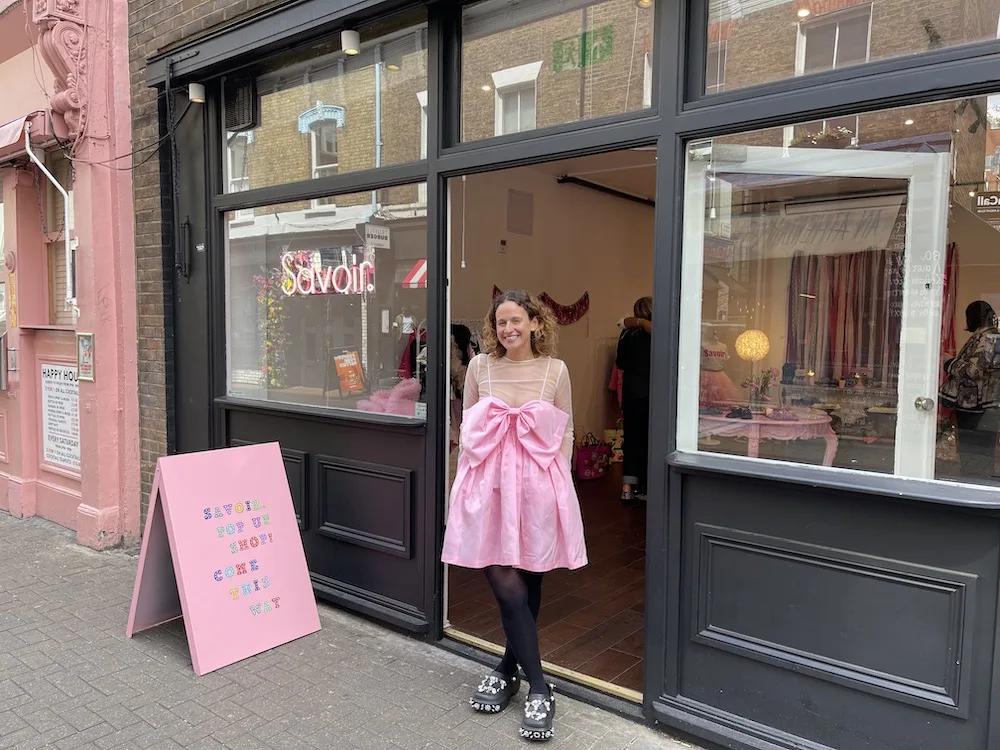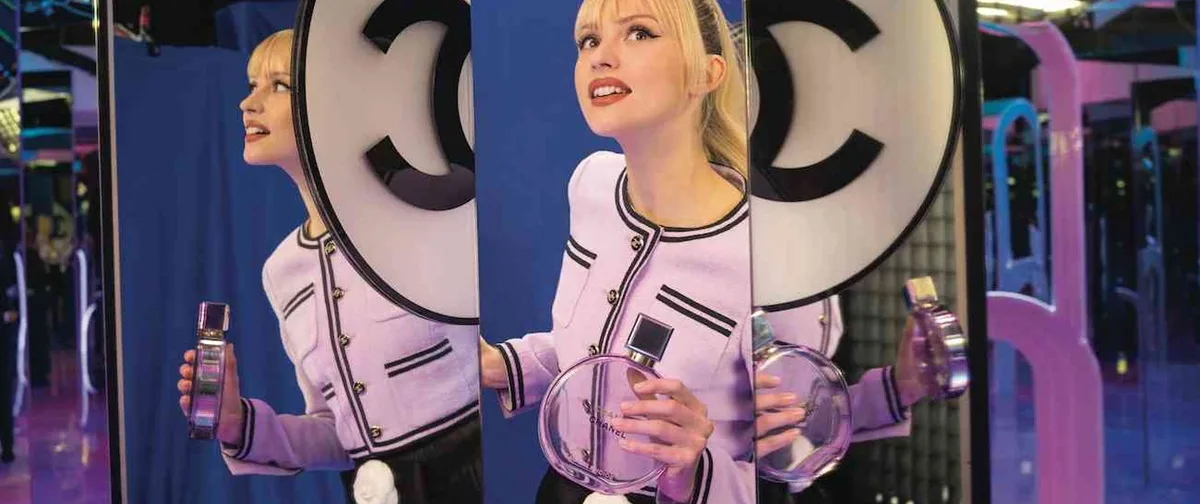For the last year I have been living in the Nineties, and I like it. So much so that I think it might be the best decade of all, at least culturally. Decades tend to crest at the midway point, and 1995 was the year of the Nineties. It was Peak Britpop (Oasis v Blur), peak YBA (Tracey Emin’s tent), peak New Lad (when Nick Hornby published High Fidelity, when James Brown’s Loaded detonated the publishing industry, and when pubs were finally allowed to stay open on a Sunday). It was the year of The Bends, the year Danny Boyle started filming Trainspotting, the year Richey Edwards tragically went missing, the year Alex Garland wrote The Beach, the year Blair changed Clause IV after a controversial vote at the Labour Conference.
And it was the high watermark of Swinging London II.
Not only was the mid-Nineties perhaps the last time rock stars, music journalists and pop consumers held on to a belief in rock’s mystical power, it was a period of huge cultural upheaval – in art, literature, publishing and – inevitably – drugs. It was also a period of almost unparalleled hedonism, a time when many people thought they deserved to live the rock-and-roll lifestyle, when a generation of narcotic omnivores thought they could all be rock stars just by buying a magazine and a copy of (What’s the Story) Morning Glory? It’s taken a while, but it’s now possible to see the Nineties as the most creative post-war decade of them all, a decade that far from ending when it did, continues to regenerate. Its influence continues to echo down the ages, an echo of defiance, of “Whatever”, of not caring what others really think.
Released on 2nd October 1995, (What’s the Story) Morning Glory has sold over 22 million copies worldwide, making it one of the best-selling albums of all time.
The Nineties chimed with the Sixties in being a decade that was almost uniquely British. It was also the last analogue decade. If the story of pop music is largely the story of the intertwining post-war pop culture of the United States and the United Kingdom, that ended in the Nineties.
While grunge and alt rock was surging on the airwaves and the campuses of North America, with the likes of Pearl Jam and Nirvana carving out solid careers by dressing down in ripped jeans and sweaters and coming off as the completely “ordinary”, down-to-earth gents of raw, organic rock (many Americans remember the Nineties as a relatively tranquil era wedged between the Reagan era and the “age of terror”), after a fleeting glance from the Brits, it was the Union Jack-waving custodians of Britpop who captured the zeitgeist.
The Cool Britannia period is usually contextualised by its demise, by the bombast of Oasis’s cocaine-fuelled third album Be Here Now, by the death of Princess Diana, and of course, the eventual disappointment of New Labour (having triggered culture wars over everything from foxhunting to homosexuality, in a rush towards change and modernisation, Tony Blair appeared to ruin it all by deciding to support George W. Bush in the second Iraq War.)

Grunge was the perfect storm of punk and classic rock. At the eye of the storm were Seattle band Pearl Jam. Their socially critical lyrics and dark melodies made for a perfect soundtrack to the angst-ridden generation X. Here Pearl Jam performing live at Club Babyhead, Providence, RI (1991).
There’s also the suggestion that all this nationalistic flag-waving was somehow a precursor to Brexit. But all this negates the country’s metamorphic primacy as a cultural centre during one of the most creative periods of the late 20th century, and while it lasted – and it lasted for approximately four years, just about the same time as Swinging London did back in the Sixties – it was a truly wonderful thing. Here was Oasis going from fourth on the bill at King Tut’s Wah Wah Hut in Glasgow to playing to a quarter of a million people at Knebworth. Here was Definitely Maybe becoming the fastest-selling debut album of all time. Here was Blur and Pulp, here was Damien Hirst cutting sheep in half, Oliver Peyton opening his post-modern gin palace, The Atlantic Bar and Grill, Ozwald Boateng invading Savile Row with purple-lined bespoke suits, Kate Moss, The Conran Shop, a veritable publishing phenomenon, and even the unceremonious return of The Beatles.
Histories are categorised according to what the writer has chosen as the basic unit of explanation, and in this case that unit is music, art, film, politics, self-expression, cool and funny magazines (selling in their millions!), and an optimism that percolated amid great social upheaval. Beneath mythology and allegory is usually the shabby and sordid truth, but with Cool Britannia the opposite was true. A year of champagne supernovas, Pop Art iconography, political expediency and untucked checked shirts, 1995 would define the decade it bisected.
Every time pop culture comes full circle, it seems to pick up speed. In 1995, it was faster than a cannonball…
Faster Than A Cannonball: 1995 and all that, by Dylan Jones.
Published by White Rabbit Books, £25. Available HERE.

















Show Comments +